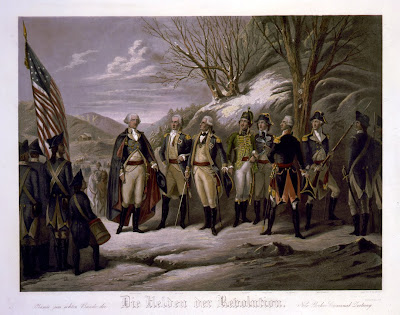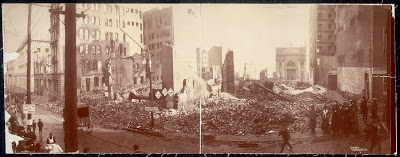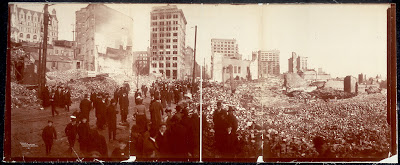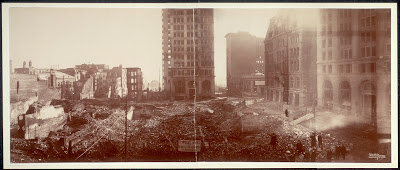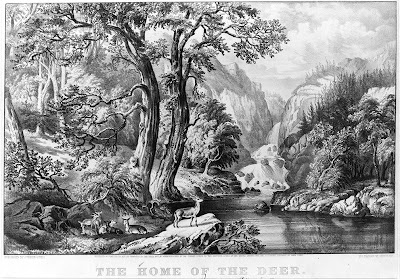
(Navy History) On a late February day in 1844, a long line of black carriages drew up to the wharf at the Washington Navy Yard and dropped off the city's social elite, nearly 400 ladies and gentlemen in elegant attire and ready to celebrate. Captain Robert F. Stockton of Princeton, New Jersey, had assembled the very cream of the capital, including President John Tyler, for a demonstration cruise on board the pride of the United States Navy, the steam frigate USS Princeton . The festive voyage, however, did not go as planned. Continued









